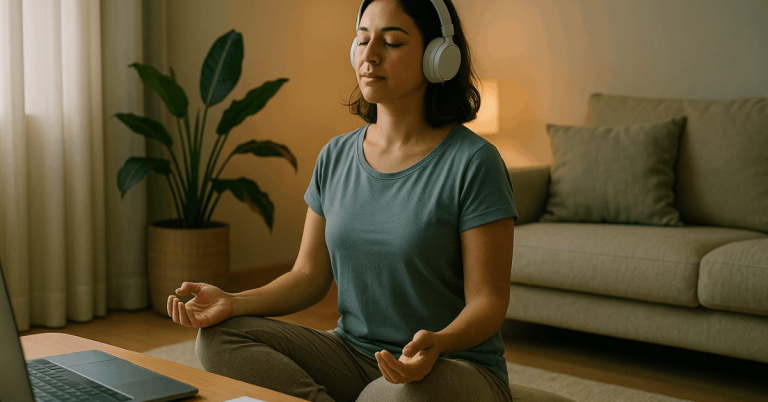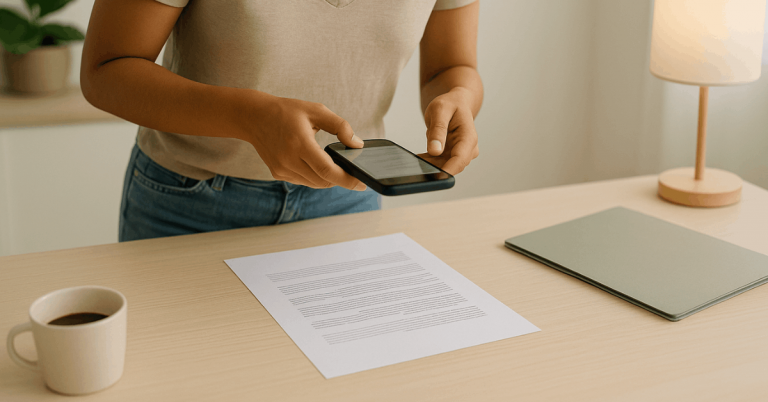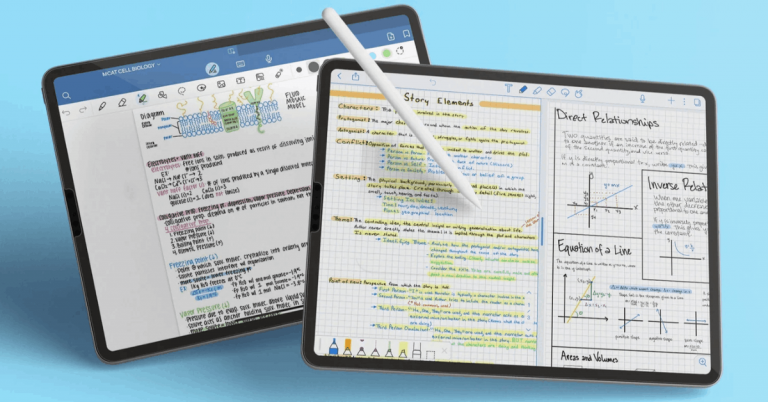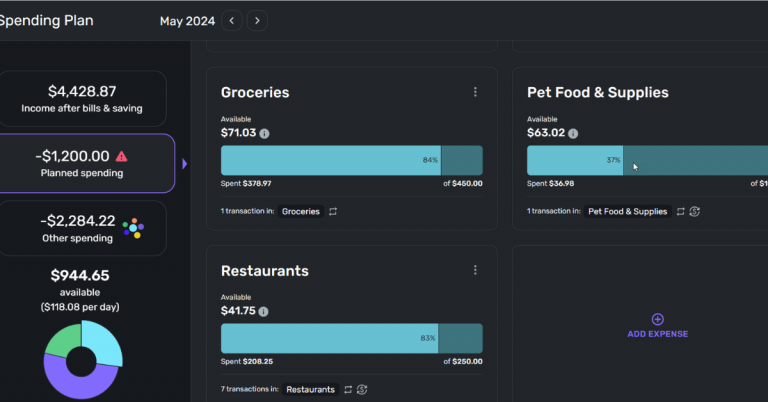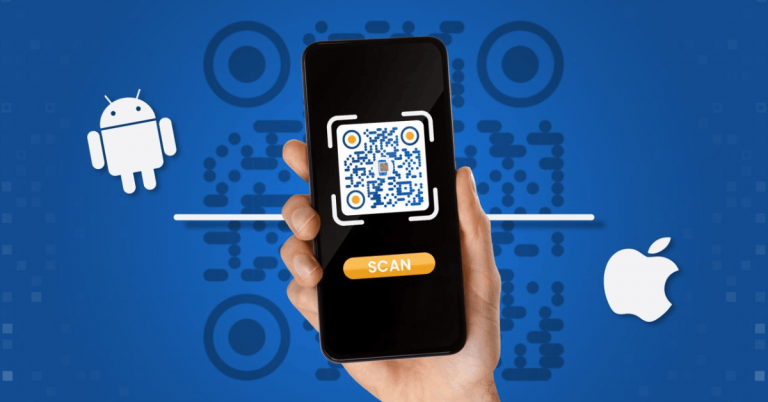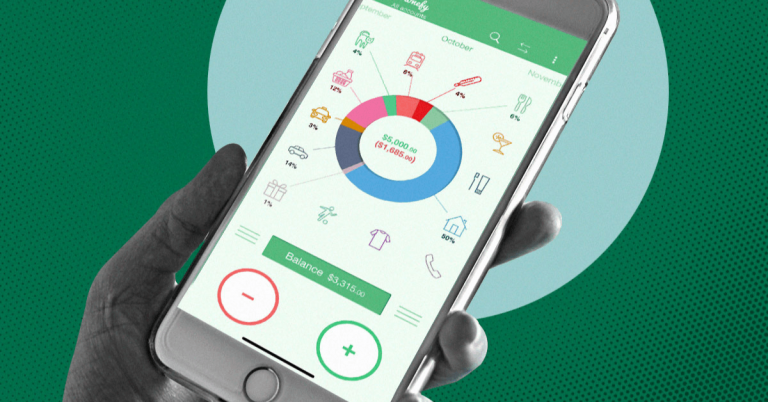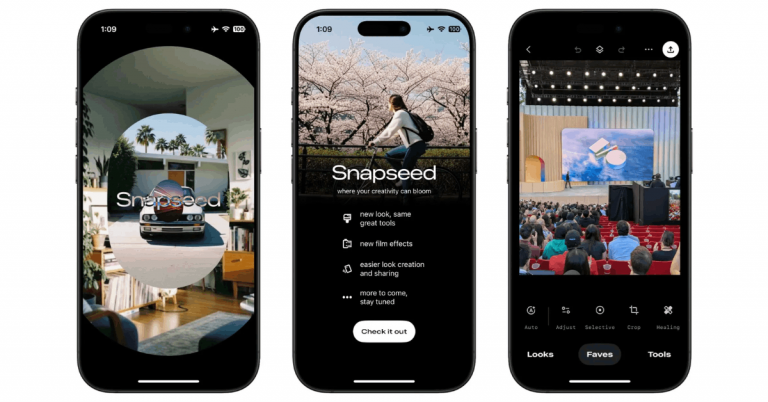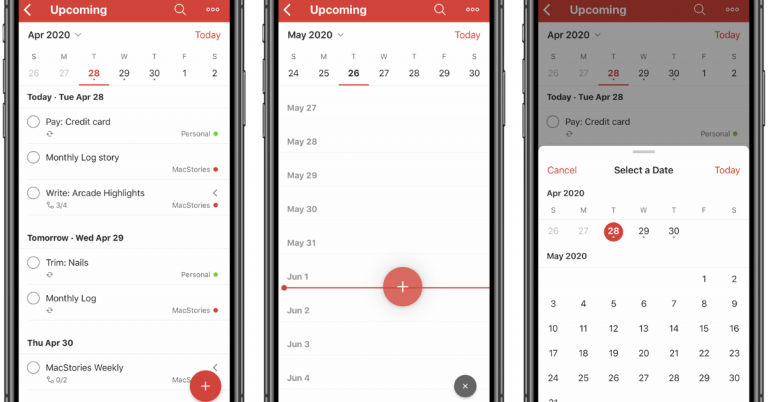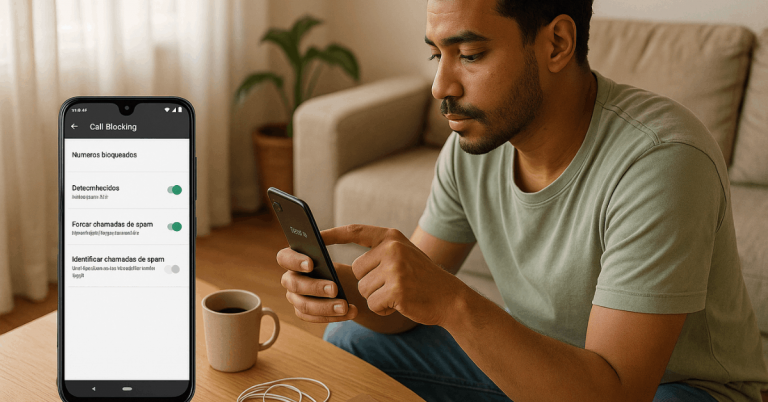If you want a fast, flexible way to start playing, this guide explores apps that help you learn a new instrument with clear steps and reliable picks.
You will see why starting now pays off, what features truly matter, and which apps deliver real progress.
The focus is on tools that pair structured lessons with feedback so practice feels rewarding every day. By the end, you will know exactly how to choose, install, and build a routine that sticks.
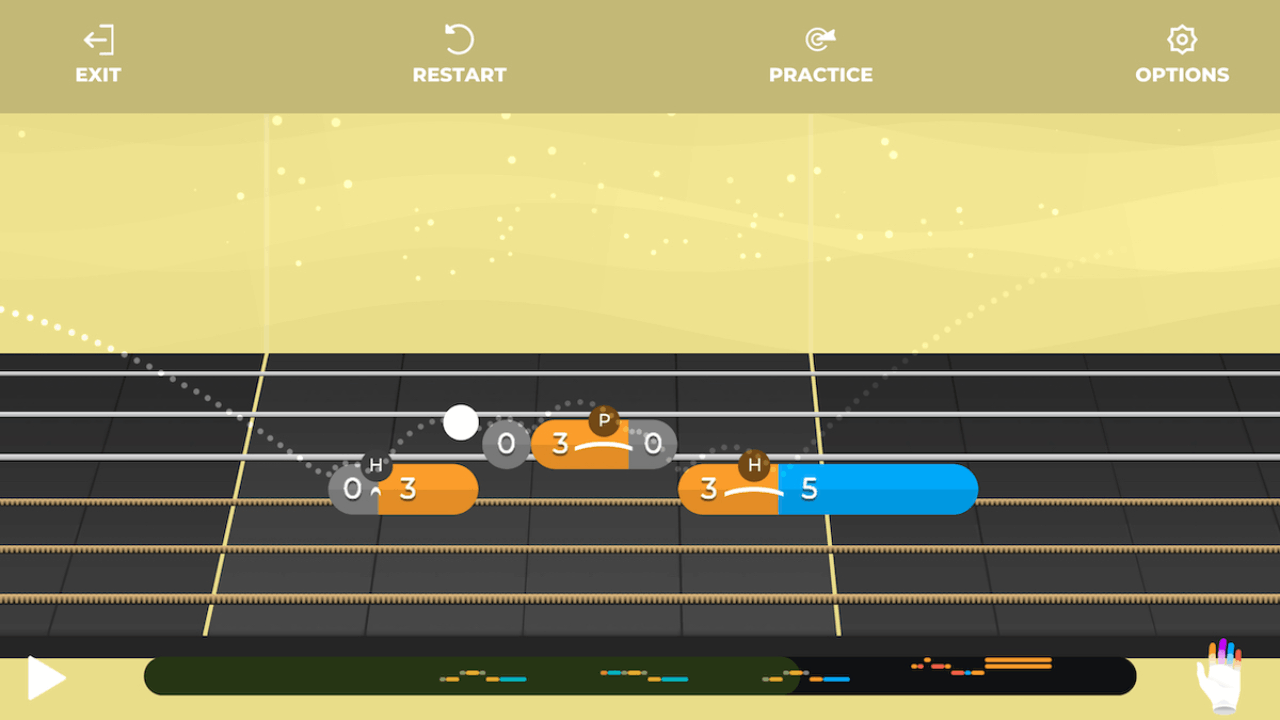
Why Learning a New Instrument Is Worth Your Time
Picking up an instrument strengthens focus, memory, and patience in a way few hobbies can match.
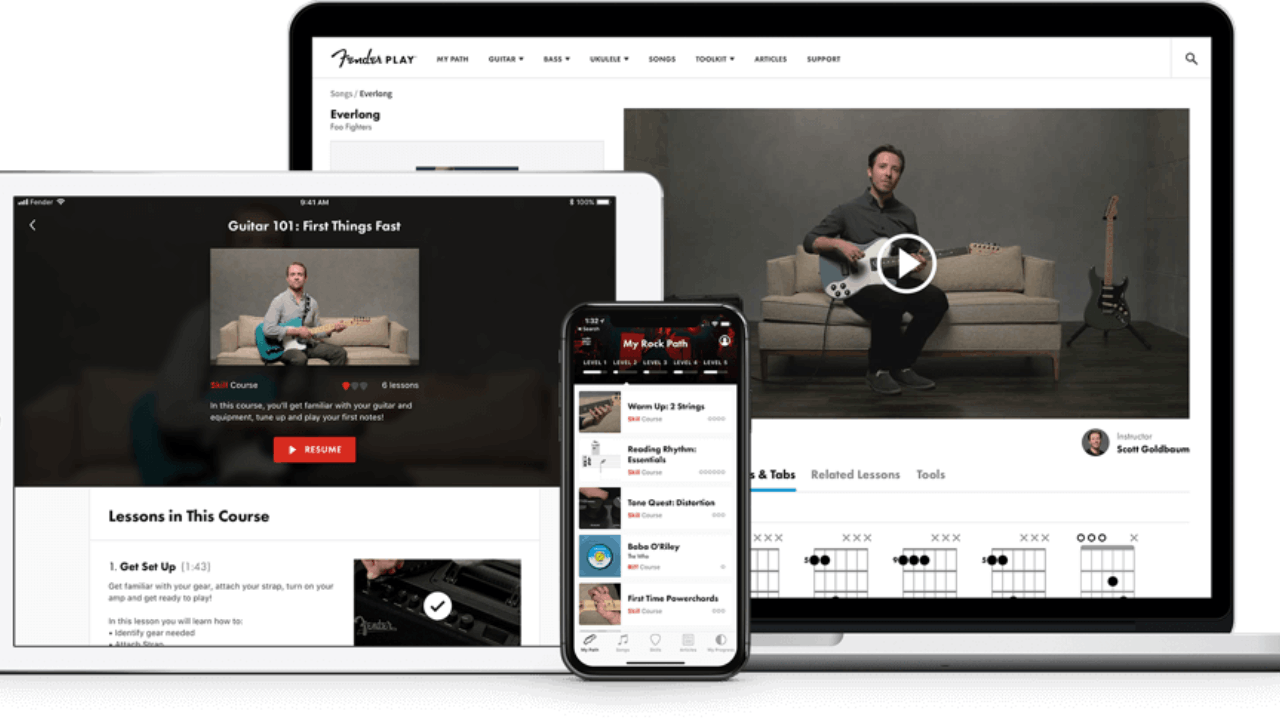
Regular practice builds confidence because you hear progress and feel coordination improve each week.
Music also lowers stress and gives you a portable outlet you can enjoy alone or with friends.
With the right apps, these gains arrive sooner because guidance and practice live in the same place.
Cognitive and Wellness Benefits You Can Feel
Learning songs and patterns challenges your brain to coordinate eyes, ears, and hands together. That mix improves attention and recall while also giving you a healthy break from screens and news feeds.
Short daily sessions help reduce stress and improve mood through simple, achievable wins. Over months, the habit compounds into sharper skills you can hear every time you play.
Creative Expression and Practical Opportunities
An instrument lets you translate emotions into sound without needing a studio or expensive gear. You can record ideas, share progress, and collaborate with others from home using basic tools.
Skills also open doors to local gigs, online sessions, and content creation if you want to explore. Even if you never perform, the creative outlet strengthens problem solving across your life.
Community, Accountability, and Consistency
Music communities are welcoming because everyone remembers the challenge of early steps. Apps with streaks, challenges, and shared goals make practice social and consistent.
When you post a short clip or complete a course module, you get feedback that motivates the next session. That loop keeps you improving even when your schedule gets busy.
What to Consider When Choosing Music Learning Apps
Not all apps teach the same way, so align features with how you like to learn and the instrument you play.
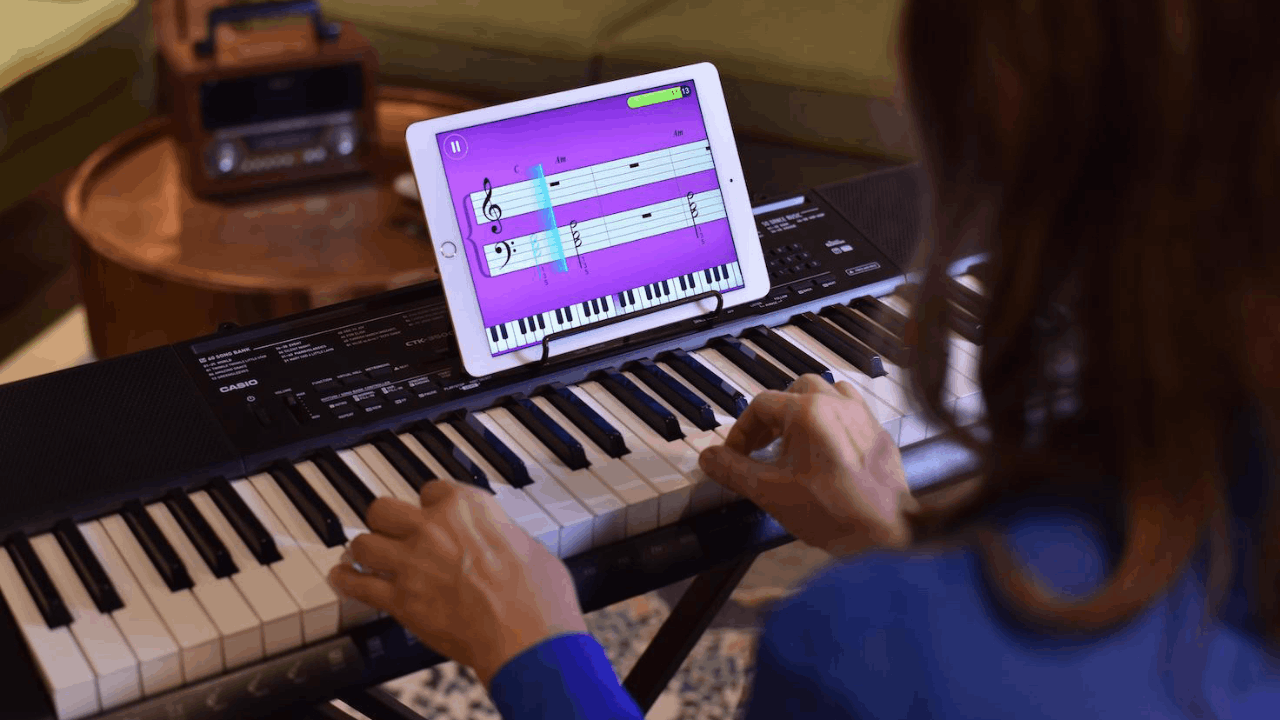
The best choices combine clear curricula with instant feedback and searchable practice tools.
You also want dependable sync so lessons continue smoothly across phone, tablet, and desktop.
Think long term, and pick apps with documentation, stability, and straightforward data controls.
Curriculum Design and Pedagogy That Make Sense
Look for structured paths that explain technique, rhythm, and reading in a logical order. Good lessons repeat key ideas with new songs so skills stick without feeling repetitive.
Play-along tracks should start slow, then scale difficulty as your timing improves. When a course maps goals for the month, you always know what to practice next.
Real-Time Feedback, Tracking, and Motivation
Microphone or cable input should detect notes and rhythm clearly enough to guide corrections.
Progress dashboards, streaks, and checkpoints help you see improvement and prevent aimless practice.
Short assessments show whether you are ready to advance or should review a section again. Positive feedback keeps sessions short, focused, and satisfying.
Compatibility, Pricing, and Privacy Basics
Confirm that your device, instrument, and any required accessories are supported before you commit.
Free trials or sample lessons let you test the teaching style and feedback accuracy with your setup.
Transparent pricing and offline modes matter if you practice while traveling or away from Wi-Fi. Clear privacy settings give you control over recordings and analytics you share.
Types of Apps That Accelerate Instrument Learning
A strong learning stack usually includes a lesson app, a precise tuner and metronome, and a tool for ear training.
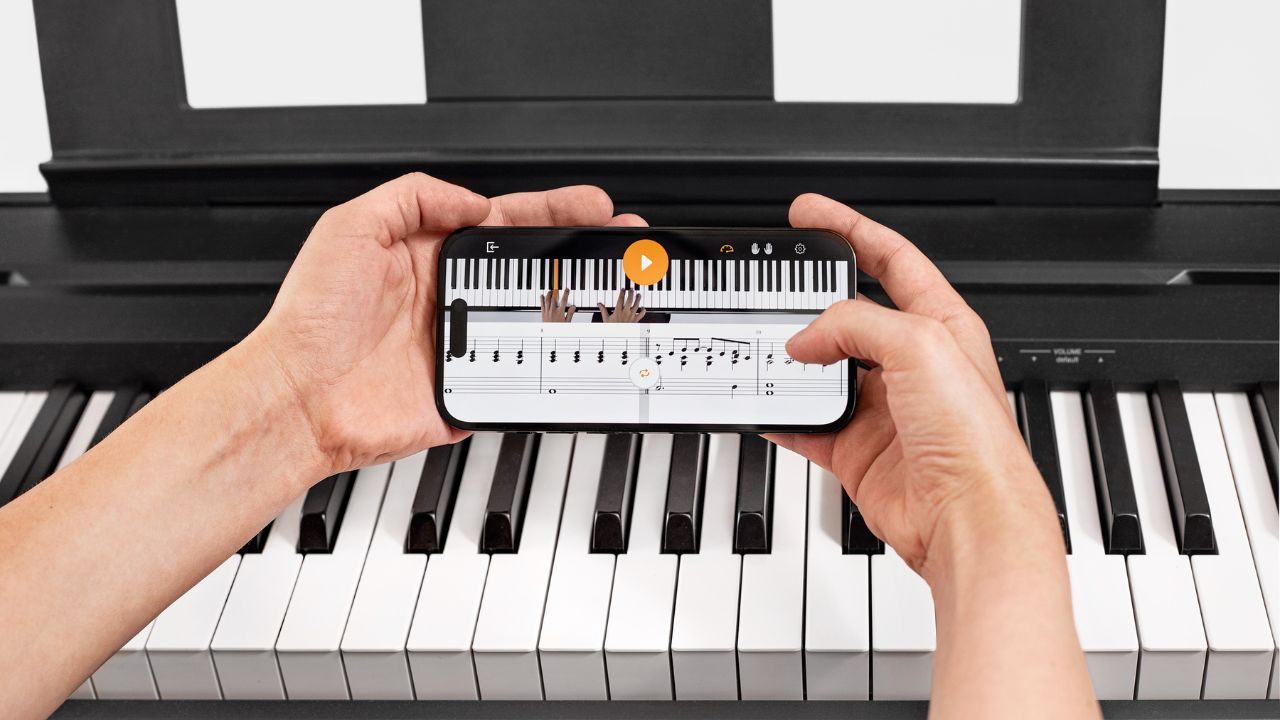
Each category targets a different part of musicianship so your practice stays balanced. Together, they build technique, timing, and musical understanding without overwhelming you. Start simple and add tools as your needs evolve.
Step-by-Step Lesson Platforms for Song-Driven Progress
Lesson platforms guide you from first notes to full songs with graded levels and pacing. Play-along videos and scrolling notation remove guesswork while you match pitch and timing.
Slowdown features and looping help you master tricky bars without frustration. Because lessons reference real music, motivation stays high through recognizable results.
Tuners and Metronomes for Clean Fundamentals
Accurate tuning ensures chords ring clearly and intonation develops correctly from day one.
A metronome builds internal time so your rhythm stays steady with or without backing tracks.
Visual beat cues and subdivisions teach you how to place notes precisely. When technique meets timing, everything else becomes easier to learn.
Ear Training and Music Theory for Lifelong Skill
Ear training apps teach you to recognize intervals, chords, and rhythms by sound. That skill speeds learning because your ears guide your fingers instead of only reading notes.
Short theory lessons explain why chords fit together and how keys shape songs. With both ears and theory active, you improvise and memorize more confidently.
The Best Apps to Learn a New Instrument Right Now
These picks cover guitar, piano, violin, bass, drums, and pads, with options for both structured lessons and targeted practice.
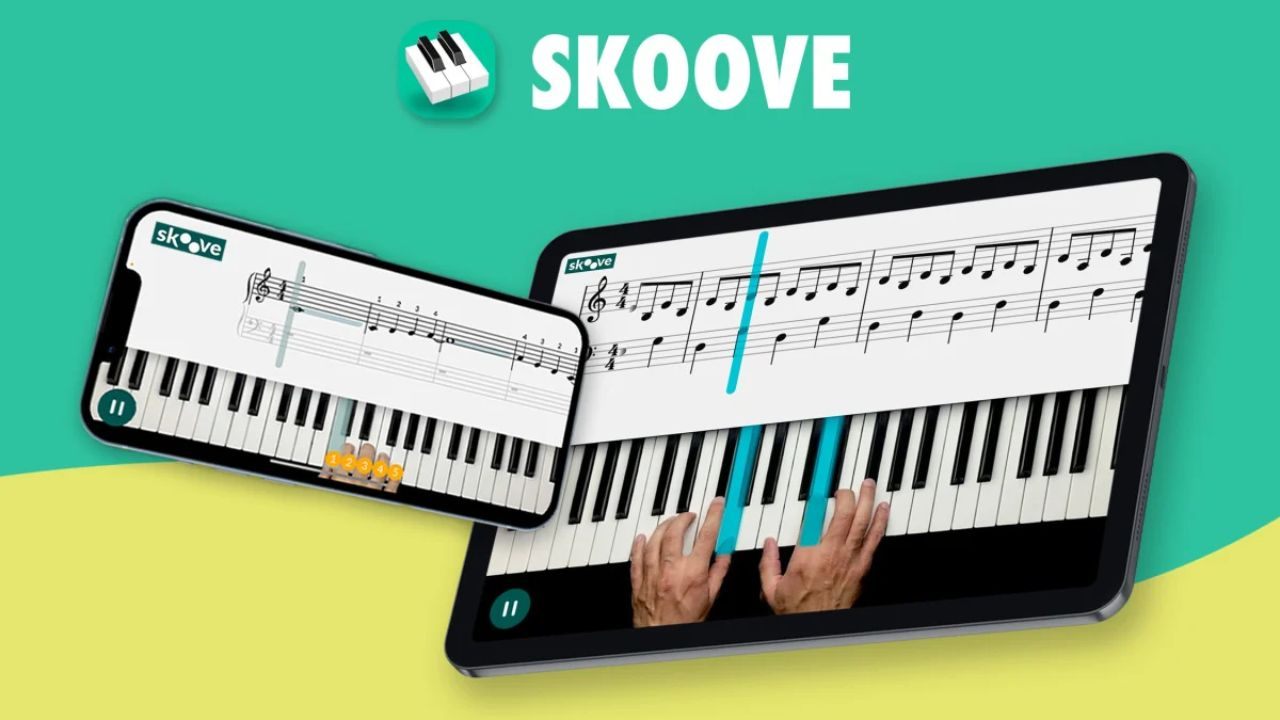
Each app is widely used and supported, with content designed for steady progress.
Choose the one that matches your instrument and learning style, then commit to short daily sessions. Consistency beats intensity, and these tools make consistency easy.
Yousician for Multi-Instrument Step-By-Step Lessons
Yousician listens through your device microphone and scores your pitch and timing in real time. You get song-based lessons for guitar, bass, ukulele, piano, and voice with clear levels.
Playlists, missions, and weekly goals keep your path organized without guessing. It is a strong all-rounder when you want quick feedback and a broad catalog.
Fender Play for Modern Guitar and Bass Tracks
Fender Play structures bite-size lessons around styles like rock, pop, blues, and country. Videos combine close-ups with tabs so you can see both hands and learn efficiently.
Weekly challenges and quick practice plans help you build stamina without long sessions. If you play electric or acoustic, it is a clean, approachable path for beginners.
Simply Piano by JoyTunes for Guided Piano Growth
Simply Piano turns your phone or tablet into a coach that listens and responds to your playing. Lessons introduce notes, chords, and hand coordination with friendly pacing and quick wins.
The app uses familiar songs to reinforce technique while keeping motivation high. It works well for adults and teens who want structure without heavy theory.
Flowkey for Reading, Technique, and Repertoire
Flowkey blends interactive pieces with videos that show hand positions and fingering in detail. You can slow, loop, and practice sections hands-free while reading notation or chord symbols.
The library spans classical, pop, film, and jazz so you always find inspiring material. It is ideal if you want to strengthen reading while building a real repertoire.
Skoove for Piano with Play-Along Coaching
Skoove analyzes your playing and offers targeted tips to improve hand posture and articulation.
Courses progress from basics to chords, improvisation, and reading with supportive guidance.
Backing tracks create a band feel that keeps timing honest and practice engaging. It suits learners who like a calm pace and clear, helpful corrections.
Trala for Violin Intonation and Technique
Trala focuses on violin with instant feedback on pitch so intonation improves faster. Video lessons from professional players show posture, bowing, and left-hand setup clearly.
Practice tools isolate difficult shifts and string crossings to build confidence. It is a focused choice if you want structured violin coaching from the start.
Melodics for Drums, Keys, and Pad Controllers
Melodics turns rhythm practice into playable lessons that build hand independence and groove. You connect a MIDI keyboard, electronic drums, or pad controller for responsive feedback.
Short daily lessons teach timing, finger coordination, and genre feel in manageable chunks. It is perfect if rhythm and performance chops are your priority.
Rocksmith+ for Guitar and Bass with Cable Input
Rocksmith+ uses a direct cable or supported input so note detection is tight and reliable. You can slow songs, loop sections, and build speed with adaptive difficulty as accuracy improves.
The catalog emphasizes real tracks that make practice feel like performance. It is a strong fit for players who learn best inside full songs.
Advanced Tips for Getting the Most from Learning Apps
After a month, you can layer smart habits that speed growth without adding stress.
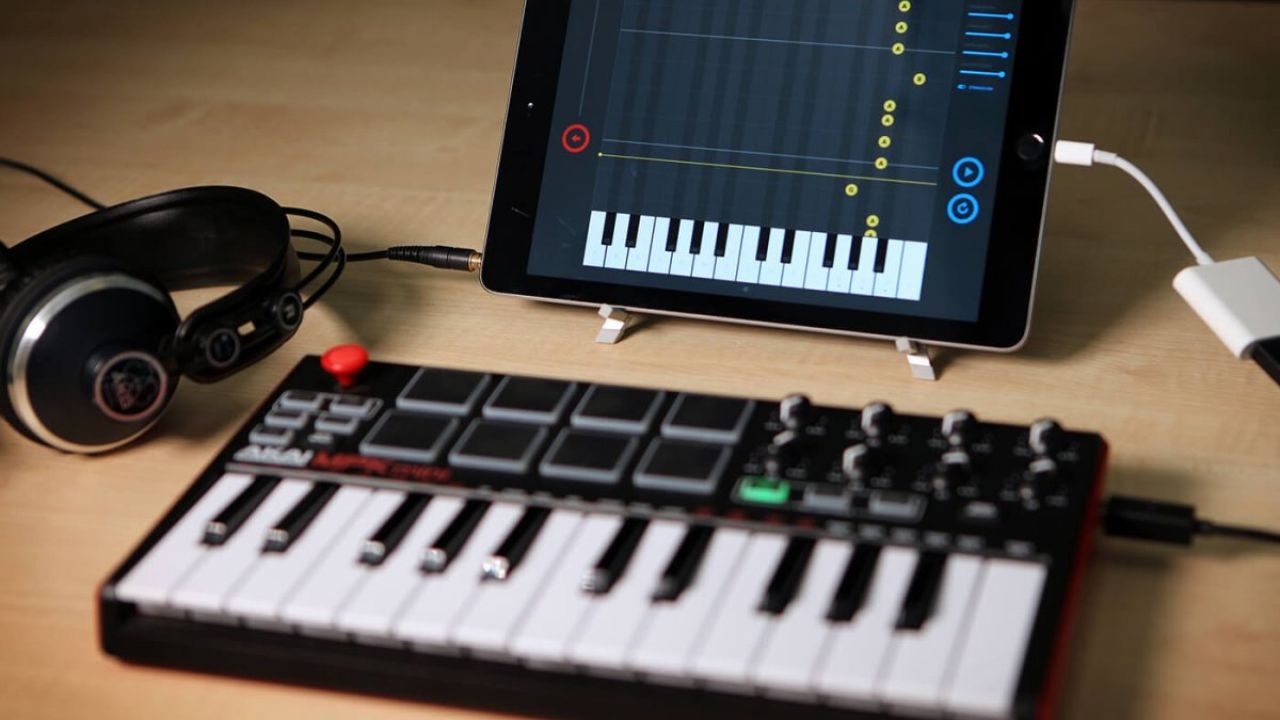
Record short clips to hear tone and timing from the listener’s perspective. Use a metronome for two minutes of groove work even when lessons feel easy. Treat every setting and feature as a small experiment that teaches you something new.
Customize Sensitivity, Tempo, and Loop Points
Adjust note detection or input levels so feedback reflects your real performance accurately. Slow difficult sections until both hands feel relaxed and consistent under the click.
Loop tiny fragments instead of entire sections to target specific motions. Precision practice compresses learning time and builds durable muscle memory.
Combine Apps to Cover All Skill Areas
Pair a lesson app with a dedicated tuner, metronome, and ear trainer to round out practice. Keep your favorite reference videos or charts saved for quick refreshers mid-session.
This ecosystem approach removes roadblocks because the right tool is always ready. With fewer obstacles, starting practice becomes automatic.
Protect Your Hands and Your Enthusiasm
Warm up gently with stretches and light patterns to avoid strain as difficulty increases. Set timers so intense sections never run long enough to cause tension.
Rotate between technique and songs to keep energy high and progress visible. Joy is a skill too, and protecting it keeps you practicing.
Conclusion
You now have a complete plan to choose apps that help you learn a new instrument and turn daily practice into steady results.
Start with one lesson platform that fits your instrument, then add a tuner, metronome, and ear trainer for balance. With consistent effort and the right tools, you will hear real improvement every week and enjoy the music you make.

